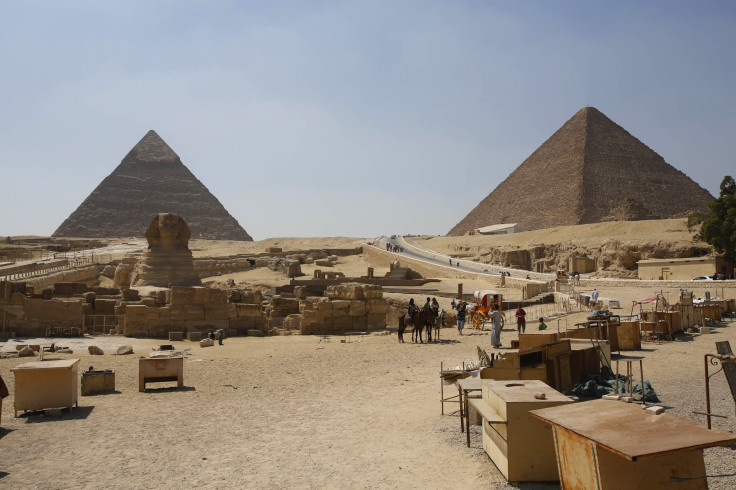4,500-Year-Old ‘Garbage’ From Ancient Egyptian Mansion Reveals Elites’ Luxurious Taste

Archeologists studying the ruins of a 4,500-year-old Egyptian mansion are finding clues about how ancient Egypt’s upper echelon lived. Excavations have revealed bones from young cattle and teeth from leopards, suggesting the mansion’s occupants dressed lavishly and ate like royalty.
Live Science reports that the extravagant home, discovered just 1,300 feet south of the famous Sphinx in Giza, contained 21 rooms and was part of a small city occupied at the time the last of the Giza Pyramids was constructed. Near the mansion, archeologists uncovered a mound, presumably an ancient garbage pit, full of waste products like animal bones as well as the seals of elite Egyptian officials.
“My analysis of the bones from the small excavations at [the building complex] in 2012, showed a strong bias towards forelimb elements -- as to be expected in priestly garbage," Richard Redding, the chief research officer of Ancient Egypt Research Associates, told Live Science. "My operating hypothesis is that the [complex] was occupied by royal cult priests."
The seals the archeologists came across in the garbage mound were inscribed with titles like “the scribe of the royal school” and “the scribe of the royal box.” The cattle bones were all from cattle under 18 months old which suggests the high-ranking officials were eating veal.
The reason archeologists uncovered mostly hind bones and hardly any forelimbs was later revealed by studying ancient drawings. Researchers noted several examples of scenes where ancient Egyptians presented the forelimbs as offerings to their gods. Archeologists concluded that the occupants of the mansion were probably eating the leftovers from offerings.
Ancient drawings also confirmed that the elite wore leopard skins that still had the heads attached, which would explain why only the teeth of the leopard ended up in the garbage pile.
© Copyright IBTimes 2024. All rights reserved.






















